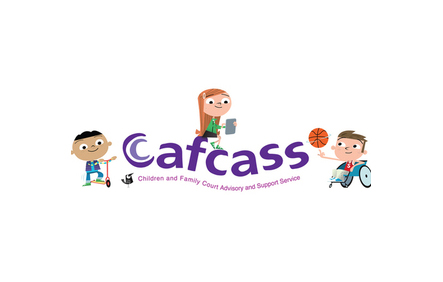Cafcass, standardised assessment tools, child arrangement programme, private law family court proceedings
SARAH PARSONS, Assistant Director at
Cafcass
A bespoke matrix of
standardised assessment tools is being used by Cafcass to produce reports which
aim to facilitate early and conclusive decision making in private law family
court proceedings.
There is no doubt that producing high quality analytical
assessments and transparent, evidence based recommendations in situations which
are constantly changing and are highly contested, is a challenging area of
practice. The failure of some reports to rise to this challenge can be linked
to delay, over reliance on experts and on fact finding hearings and a higher
likelihood of contested final hearings.
The assessment task is to gather information from a range of
sources and to develop a succinct narrative or ‘story’ which brings to life the
child’s experience. It involves thinking about how the different pieces of
information relate to each other, to the present circumstances and to the
future needs of the child. Reflecting on what the information means for each
individual child is vital in understanding the potentially differential impact
of similar circumstances on different children, even those in the same family.
The report needs to contain recommendations, which are well founded and clearly
rooted in the ‘evidence’ gathered, research, knowledge of child development and
the impact on children of domestic violence, exposure to parental substance
misuse and mental health issues and to high levels of parental conflict.
The use of standardised assessment tools to elicit detailed
relevant information and to analyse this within a contextualised framework
allows the investigation to be specific and precisely targeted, to be
transparent for the court and for the subjects of it and to avoid addendums and
protracted proceedings. It also lends confidence to the practitioner and can
save time by avoiding lengthy and meandering interviews and reports, both of
these becoming more structured and succinct.
This approach to Evidence Informed practice is firmly in
line with the objectives and principles of the Child Arrangements Programme and
the transparency of the process will help to de-mystify one aspect of the
system for self-representing parties.
The Cafcass assessment tools
have been selected following a review of tools used by local authorities, the
voluntary sector, CAFCASS Cymru and internationally. They have been selected on
the basis of their usefulness in the Cafcass context. Some of the tools, for
example the Safe Contact Indicator
[1] and the Impact of
Parental Conflict Indicator, have been created within Cafcass and as such are
not formally validated. Others, such as the tool for assessing drug abuse
[2] are validated
social work assessment tools.
There are five sections to the matrix
covering basic information gathering, parenting capacity, child development
needs, wishes and feelings and resilience and vulnerability
. The matrix provides a guide to which tool should be selected in
which circumstance and for what purpose.
It relates to the welfare
checklist (Children Act 1989, s (3)). The wishes and feelings of the child
concerned can be ascertained using tools in section C of the menu; the age,
sex, background and any characteristics can be ascertained using tools in
section D; any harm which he has suffered or is at risk of suffering and
capability of parents can be ascertained using tools from section B.
A training programme has been
designed and delivered and is supplemented by an e-learning programme to
reinforce and refresh this.
[1] C Sturge and D Glaser, 'Contact and Domestic Violence – The Experts’ Court Report'
[2000] Family Law 615
[2] Adapted from J Fowler (2003)
A Practitioner’s Tool
for Child Protection and the Assessment of Parents (Jessica Kingsley Publishers, 2003)
The full version of this article will appear in the September 2014 issue of Family Law.












 18 APR 2024
18 APR 2024

 18 APR 2024
18 APR 2024

 18 APR 2024
18 APR 2024

 18 APR 2024
18 APR 2024

 18 APR 2024
18 APR 2024










Leave a commentOrder by
Newest on top Oldest on top